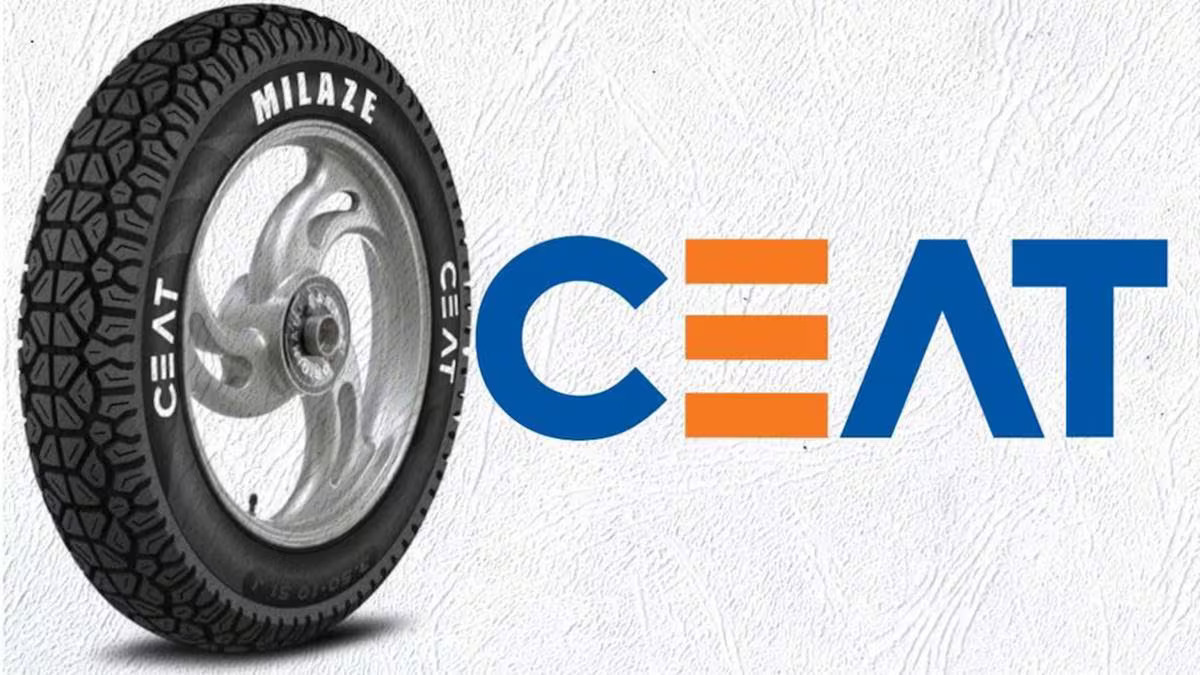Shares of Aeroflex Industries locked in upper circuit of 20 per cent at Rs 223.20 on the BSE in Thursday’s intra-day trade amid heavy volumes after reporting a strong set of numbers for the quarter ended December 2024 (Q3FY25).
The average trading volumes on the counter jumped over seven-fold, with a combined 8.52 million equity shares, representing 6.6 per cent of the total equity of Aeroflex changing hands on the NSE and BSE till 12:05 PM. Moreover, there are pending buy orders for 650,000 shares on the exchanges, data showed. The stock had hit a record high of Rs 235 on December 12, 2024.
Investor Ashish Kacholia held 2.38 million, or a 1.84 per cent stake, in Aeroflex at the end of December quarter, the shareholding pattern data showed.
Aeroflex is engaged in the business of manufacturing and supply of metallic flexible flow solutions made with stainless steel. The product range includes stainless steel corrugation products (braided and non-braided) such as hose, double interlock flexible metal hoses, composite hose, stainless steel hose assemblies, teflon/PTFE hose, and fittings, among other items. The company has established itself as a leading global provider of metallic flexible flow solutions, catering to diverse industrial sectors worldwide.
In Q3FY25, Aeroflex reported a 68 per cent year-on-year (YoY) jump in consolidated profit after tax at Rs 15.21 crore, on the back of a 35 per cent YoY jump in total income, at Rs 100.37 crore. The company’s earnings before interest, tax, depreciation and amortisation (Ebitda) grew at a healthy 48 per cent YoY to Rs 22.70 crore, with a strong Ebitda margin of 22.8 per cent, an improvement of 199 bps.
The management said the strong growth was driven by a strategic shift towards the company’s assembly business, increased domestic projectbased sales, and sustained market demand. Looking ahead, the management plans to further expand capacity for value-added offerings, which are expected to enhance the company’s Ebitda margins and strengthen its market position.
“To support these initiatives and explore growth opportunities, the company is evaluating fund raising options to drive both organic and inorganic expansion, reinforcing our commitment to sustainable progress and stakeholder value creation,” the management said.
Looking ahead, Aeroflex is poised for a promising future, driven by its strategic focus on expanding its product portfolio, enhancing its global presence, and leveraging advanced manufacturing capabilities, the management added. The company said it is committed to capitalising on the emerging opportunities across diverse industrial segments, including aerospace, oil and gas, solar, robotics, semiconductors and electric vehicles. Aeroflex’s ongoing investments in digitisation and Industry 4.0 initiatives are set to drive operational efficiencies, ensuring the company remains at the forefront of innovation and excellence, they added.
Meanwhile, Aeroflex, which generates approximately 84 per cent of its revenues from international markets, is well positioned to benefit significantly from a healthy global demand of flexible flow solutions, given that it is an integral part of key industries (like steel & metals, oil & gas, chemicals, port terminal handling, paper, pharma, and residential & commercial real estate, among others). Moreover, the company is expanding its presence to new-age sectors like fire sprinklers, solar, robotics, semiconductors, aerospace & satellite and electric mobility, as well.
With Aeroflex expanding capacity across existing segments and venturing into new product segment (metal bellows), it remains focused on improving profitability through increasing the overall share of better-margin products, analysts at ICICI Securities said in a recent company note.
Top-notch SEBI registered research analyst
Best SEBI registered Intraday tips provider
Telegram | Facebook | Instagram
Call: +91 9624421555 / +91 9624461555





